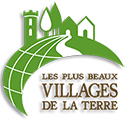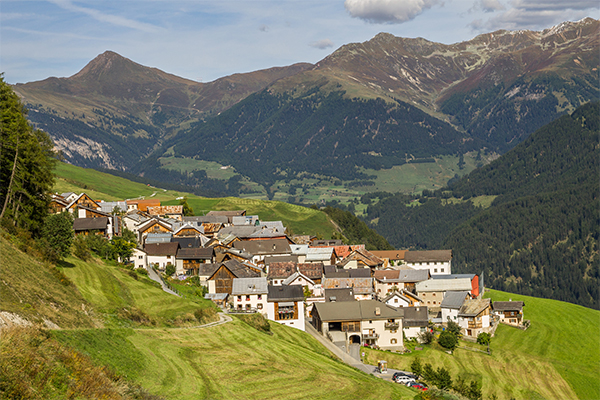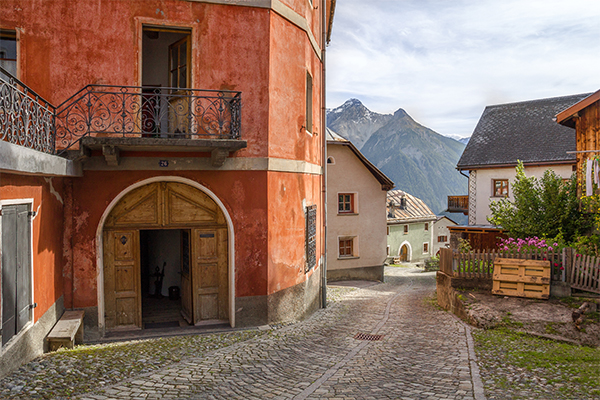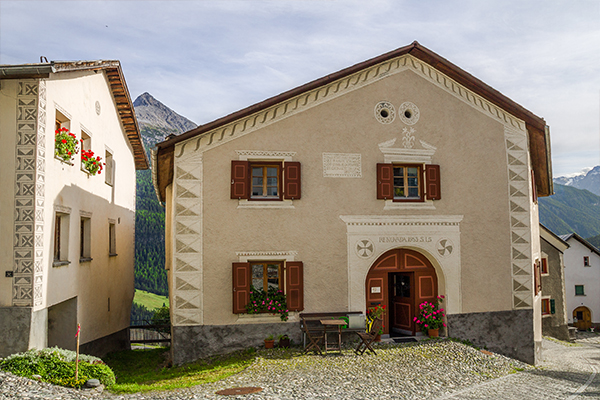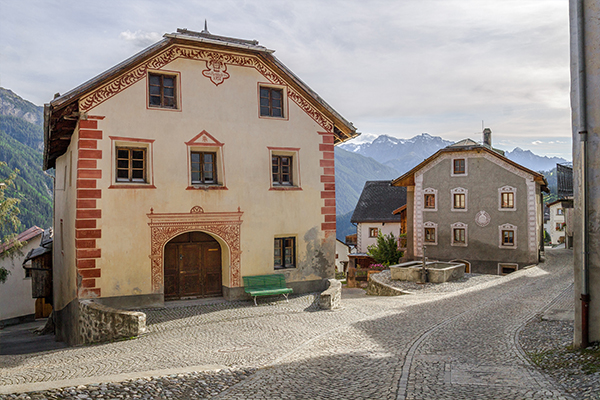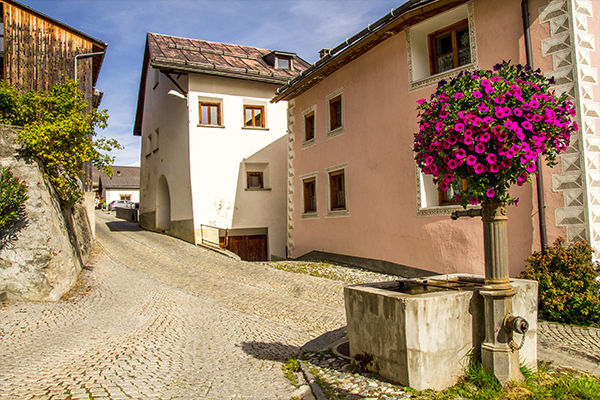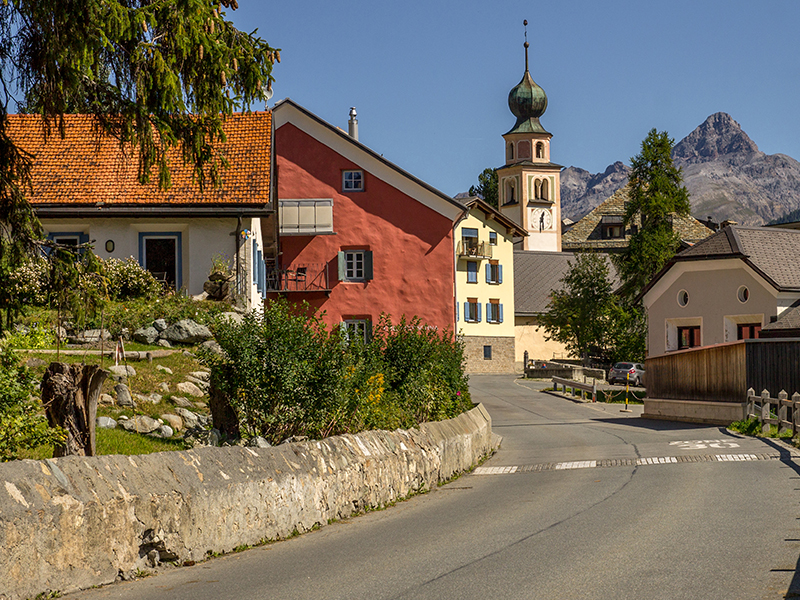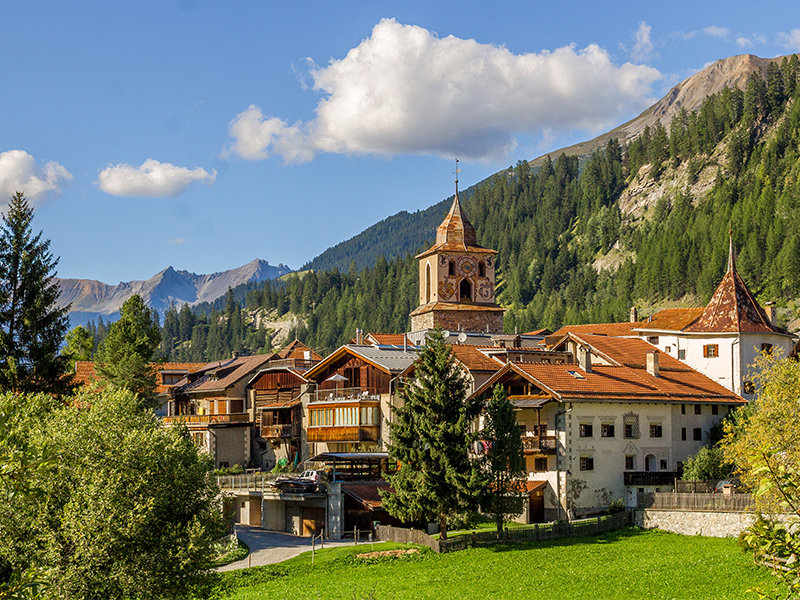Tschlin
The municipality of Tschlin takes its name from the main settlement, which is located on a terrace on the left side of the Inn at an altitude of 1,500 metres above sea level. In old documents Tschlin appears under the name of Ciline, de Sline, in vico Cilinis or Schlines. Until 1943 the German name Schleins was in use. Agriculture and forestry are an important source of income in Tschlin, with about one third of the workforce working in this sector. Most of the inhabitants, however, are employed in the third sector (services), which is due to its location near the border and the Acla da Fans customs exclusion zone. Not to be missed is the late-Gothic hall church with polygonal choir built in 1515 perhaps by Bernardo di Poschiavo who used parts of the existing sanctuary. Inside there are frescoes from the beginning of the 16th century: on the south wall of the choir, Mary Magdalene in the presence of a holy bishop; on the east wall of the nave, St. Sebastian and Saints; above, St. James. On the keystone of the triumphal arch, the Veronica's shroud and, on the west wall, scenes from the life of St. Blaise. In front of the church, Donna Lupa fountain from 1960.
Not to be missed
Features
| Culture |  |
| Landscape |  |
| Gastronomy |  |
